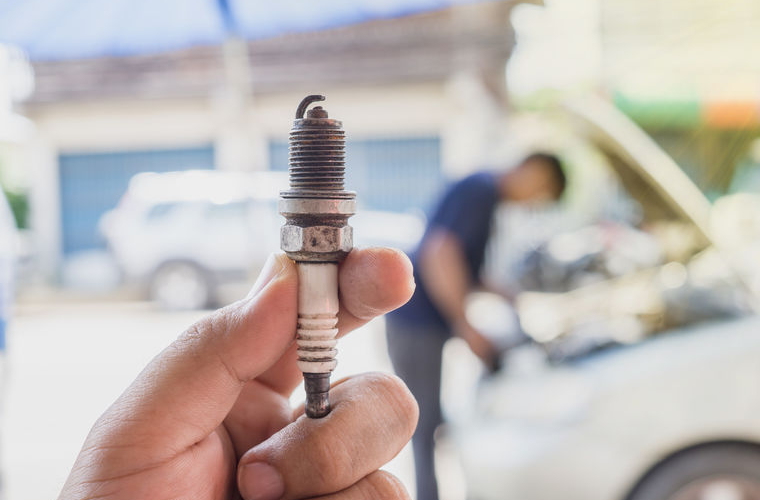
If you have a petrol car, you’re probably aware that your vehicle has spark plugs. As the name suggests, spark plugs create tiny sparks of electricity which act as the ignition for your car’s engine and are therefore a key requirement for petrol cars to run. In other words, without a spark plug, your car will not be able to start!
It follows that faulty or worn-out spark plugs are one of the main causes of poor engine performance, while also increasing fuel consumption.
But how can you tell if your spark plug needs replacing? And how can you go about doing this? Read on!

Does my spark plug need replacing?
To determine whether or not your spark plug needs replacing, start by checking your car’s manual to find out how frequently they recommend you replace it. The average spark plug will be functional for around 60,000 miles, and after that could need changing for a new one.
You may also need to replace your spark plug if:
- Your car has trouble starting
- There is reduced performance when driving
- You can hear a rattling or knocking noise when turning on the ignition
If you cannot find the recommendation, if the recommended time is up, or if you notice any of the above signs, remove the spark plug from your car and take a look at it. Does it look worn down? Are the oil deposits on the spark plug? Can you see white deposits on the surface? If you answered yes to any of these questions, it’s time to change your spark plug.

How do I change my spark plug?
Although it may seem intimidating, changing your spark plug is easy, requiring little to no mechanical experience and just a few basic tools. It will take you about an hour to do, but a mechanic could charge up to £150 so it is well worth carrying out this job yourself.
To change your spark plug, follow these three simple steps:
- After ensuring your car’s engine is cold, remove the old spark plug by twisting off the top of the plug and using a ratchet to take it out.
- Lubricate the new spark plug using anti-seize to stop the metal from reacting with other metal components.
- Insert a new spark plug in place of the old one. Don’t tighten the plug too much or you could bend the head, causing the spark plug to misfire.
